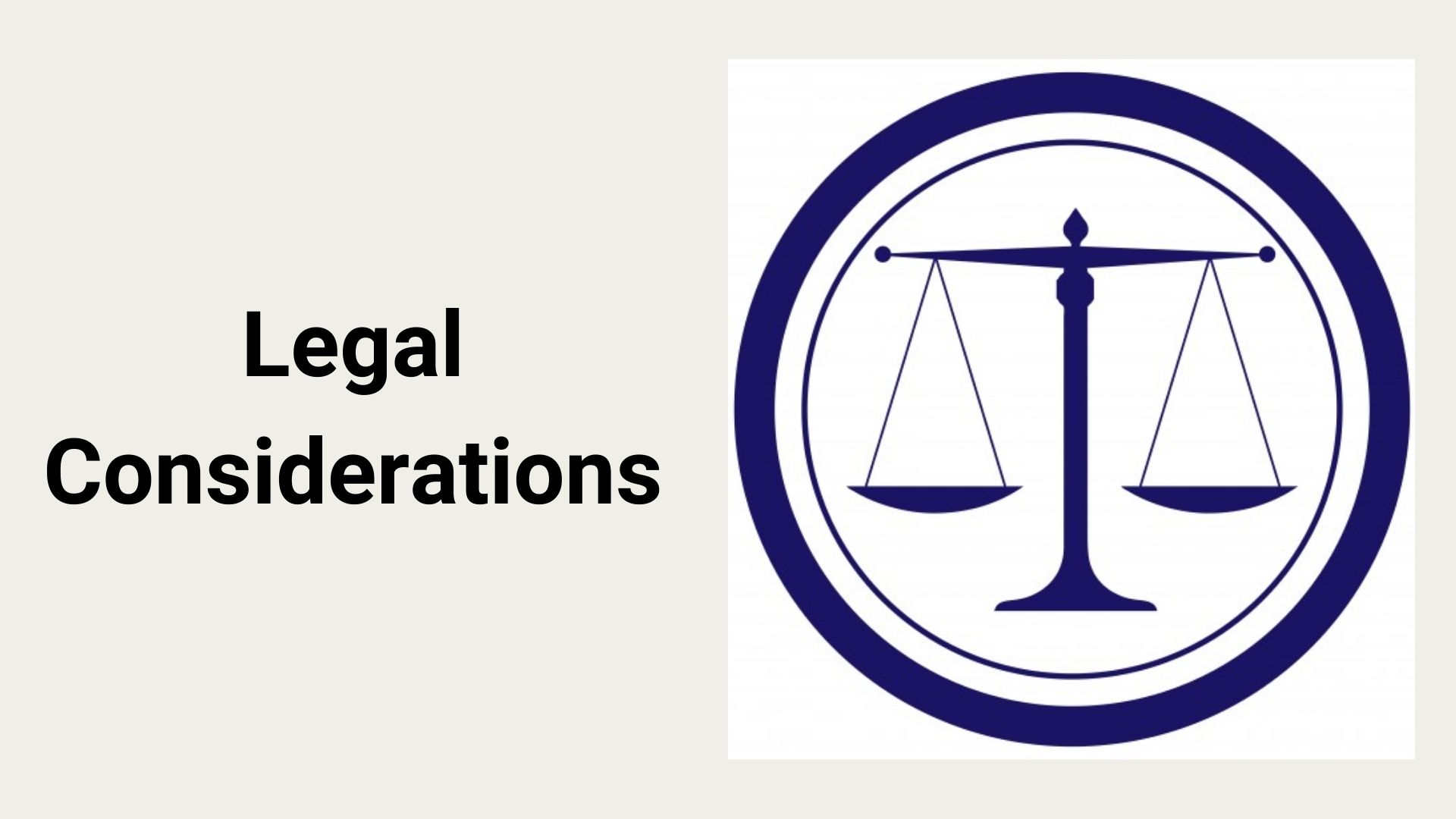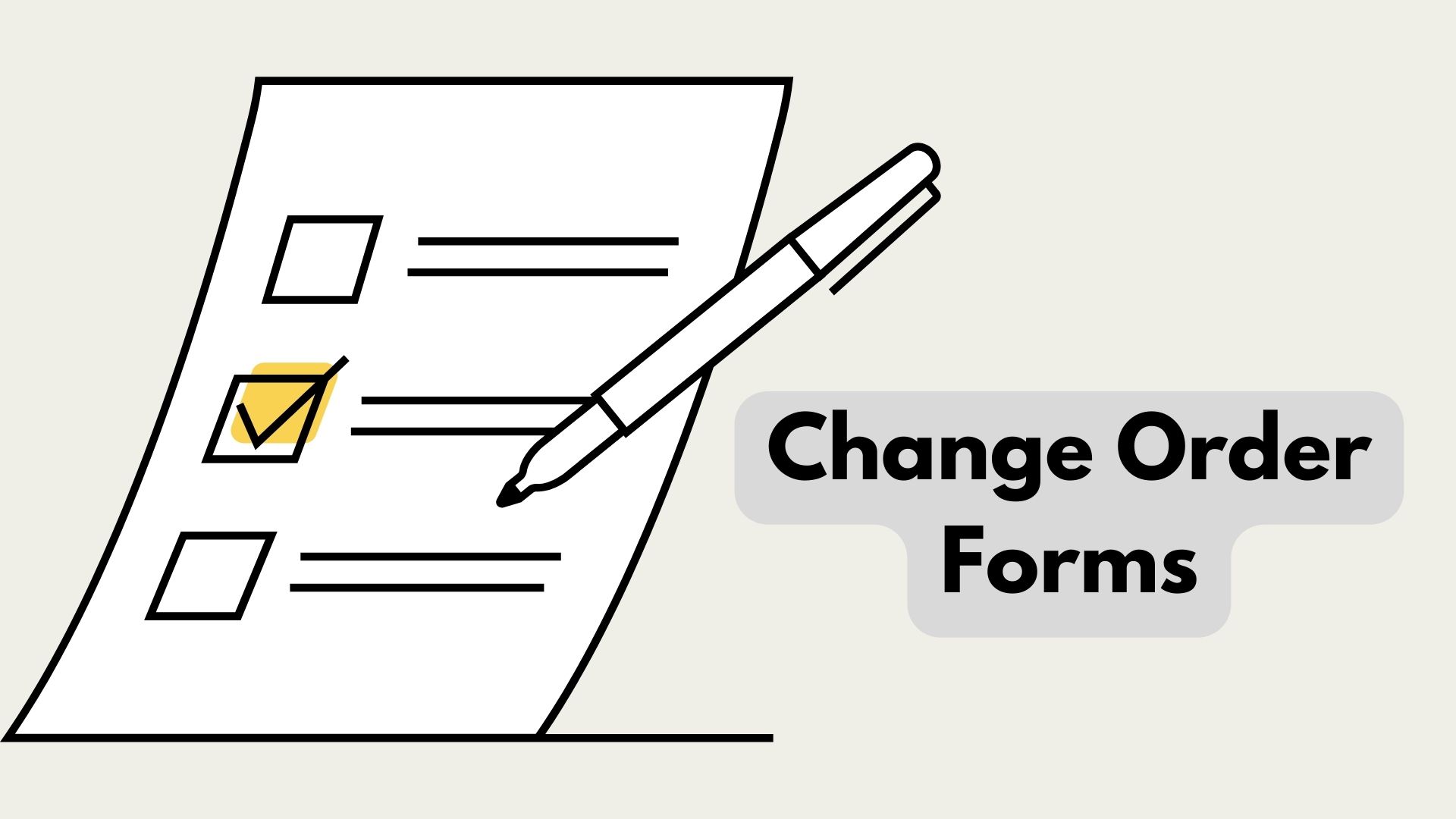Efficiently Manage Change Order Forms
In the dynamic world of business, change is inevitable. And when it comes to construction projects, it’s no different. Often, the scope of work can shift mid-project, requiring necessary adjustments. That’s where a ‘change order form‘ comes into play.
A change order form is a critical document that helps keep projects on track, ensuring all parties are on the same page when alterations arise. It’s a tool that provides clarity, prevents misunderstandings, and maintains a smooth workflow.
What Is a Change Order Form?

The Definition and Purpose
A change order form ranks as a vital official document in sectors such as construction. This document clarifies alterations in an ongoing project’s scope, including modifications in time, costs, and materials. By facilitating these updates, it aligns expectations between all parties and supports project flexibility, reducing chances for disputes and delays.
For example, imagine a commercial building project that undergoes adjustments in layout, materials employed, or project timeline. In such a situation, the change order form acts as a framework for communicating and formalizing these changes across the project’s stakeholders, preventing possible misunderstandings.
The Components of a Standard Change Order Form
Diversification exists in the structure and content of change order forms, depending on the project’s nature, involved parties, and specific circumstances. However, a standard change order form typically embraces the following components:
- Project Identification: This section includes the project’s name, location, commencement date, and the executing company’s name.
- Change Details: Here, one would find a thorough description of the proposed changes, the reasons behind the alterations, and their impact on the project, e.g., a switch in construction material due to cost or availability constraints.
- Cost Estimate: This part offers a clear breakdown of incremental costs, if it applies, resulting from the proposed change.
- Revised Timeline: If the scope change affects the project deadline, this component outlines the impacts on the schedule.
- Approval Signatures: This section provides space for signatures from key involved parties, such as the project manager, contractor, and client, showing consensus on the alterations.
By laying out these particulars, a change order form ensures an efficient and transparent process when dealing with project changes, ultimately leading to successful project outcomes.
When to Use a Change Order Form

Recognizing the situations wherein a Change Order Form becomes necessary forms the core of project management. Essential instances require understanding and application of this vital document.
Identifying Changes in Scope
One scenario that calls for a Change Order Form is when identifying alterations in the project’s scope. It’s common in any project for certain aspects to change – whether it’s the dimensions of the building in a construction project or the features of a software in IT project management. For example, if the client decides they want to add an extra floor to the building, or integrate additional functionalities in the software, a Change Order Form emphasizes these modifications, highlighting the transformed project scope. By providing precise detailing of proposed alterations, it allows stakeholders to comprehend the modifications and their impact on the overall project.
The Financial Impact of Changes
Another signal to utilize a Change Order Form is in cases involving significant financial changes. An increased budget, incremental costs, or additional resources necessitate this document. The Change Order Form provides a clear description of expenses, offering a transparent view of the newfound financial realities facing the project. For instance, if the building project needs a specialty contractor or the planning software requires an extended license, accruing additional expenditures, the Change Order Form meticulously outlines these added costs.
Timeline Adjustments
Finally, any modification to the project timeline calls for the see-through implementation of a Change Order Form. Adjustments in the project schedule, whether due to unforeseen delays or expedited timelines, become distinct through this format. Thinking about an advanced project due date, as clients might sometimes request, a Change Order Form defines the revised deadlines, giving stakeholders clear visibility into the adjusted timetables. In sum, it’s critical to grasp the importance of a Change Order Form and leverage it effectively in MS project software.
The Process of Filling Out a Change Order Form

Pivoting from earlier insights, let’s break down the process of filing a change order form. This is not an overwhelming task as it may seem at initial glance. Armed with the right information, anyone involved in the project can efficiently complete it.
Step-by-Step Instructions
- Identifier Details: Start by jotting down basic information. This includes the project name, the date, and the change order number. For instance, it would look something like: ‘Project ABC’, ‘Date: 3rd June 2022’, ‘Change Order: 001’.
- Detailed Description: Move to the crux of the form – the change description. Here, lay out the details of the proposed change, as clear as crystal. For instance, if there’s a design alteration that requires substituting cement with epoxy resins, be simple yet specific.
- Impact Evaluation: Ready to outline the effect of the change? Capture the estimated changes to the project’s time, cost, and resources. This could be anything like: ‘Extra 20 days required’, ‘Additional costs of $1500’, ‘Additional 2 labor needed’.
- Approval Signatures: Lastly, obtain signatures from the necessary parties, including the contractor, owner, and architect. This step seals the agreement and authorizes the proposed change.
Common Mistakes to Avoid
Navigating through paperwork, especially one as critical as a change order form, can be riddled with errors. Let’s steer clear of the hurdles and discuss some of the common pitfalls:
- Incomplete Information: Pardon the adage, but it’s true – haste makes waste. Rushing through the form might lead to missed details. For instance, missing out on the calculated cost of change.
- Ignoring the Timelines: Neglecting to evaluate how the proposed change would impact the overall project timeline is a common mistake. For example, if an additional order of materials could lead to a delay in delivery.
- Lack of Clarity: Imprecise or ambiguous descriptions can fuel misunderstandings, disputes even. It’s essential the proposed changes are crystal-clear to all parties involved.
Remember, steady wins the race while using a change order form. By mastering the process and avoiding common errors, you’re setting yourself up for a smoother project execution, even with the alterations in play.
Legal Considerations

As we delve deeper into the concept of a ‘change order form,’ it’s essential to acknowledge the legal aspects involved, particularly in terms of contract compliance.
Ensuring Compliance with Contracts
When it comes to change order forms, obliging to contract terms becomes crucial. A well-defined and detailed change order form can help in keeping the contracts compliant. Say, in a construction project, a change order form promises adherence to the original contract, despite any modifications. This is vital, as the form serves to document any alterations in detail, including the cost, scope, and time needed for execution.
IRC Section 460 asserts the importance of capturing every small and large alteration in project scope or cost to avoid legal complications. In simpler terms, the lack of a well-structured change order form, the misinterpretation of the modifications, or the inability to keep a track of compliance report can lead to legal action against the parties involved.
For instance, ABC Builders received a penalty of $1.5 million dollars due to missing information in their change order form, which led to non-compliance with IRC regulations.
Potential Disputes and Resolutions
Another legal aspect to consider in the process of filling out a change order form lies in dispute avoidance and resolution. Disputes in projects are often due to disagreements over changes in project plans. A comprehensive change order form, therefore, acts as an effective dispute resolution tool, often preventing potential conflicts even before they arise.
As per the American Arbitration Association, around 20% of construction disputes in 2019 were as a result of inconsistent documentation of project changes. In fact, a case study of XYZ developers showed that their dispute resolution time improved from 6 months to 1 month, post the introduction of systematic change order documentation.
For maximum protection against disputes, the recommended strategy includes documenting every change, agreeing on a method for determining cost and time impacts, and getting written approval from all parties involved prior to the implementation of project changes.
Best Practices for Managing Change Orders

Communication and clear documentation act as pillars for effective change order management. By establishing an open line of dialog, you pave the way for a smoother transition and lower chances of disputes. On the other hand, maintaining comprehensive records helps in flushing out legal complications and also serves as a ready reckoner for future reference.
Communication and Documentation
Emphasizing clear communication forms an integral part of managing change orders. I advise keeping all stakeholders in the loop about potential changes, their impact, and the revised structure. For instance, updating project schedules and cost sheets promptly, ensures everyone’s on the same page, leaving minimal space for uncertainties or misunderstandings.
Quality record-keeping comes next in line. I recommend maintain structured documentation of all modifications recorded during the project period. Each newly issued change order is a crucial piece of legal document and must incorporate all revisions made to project costs and scopes. It’s the responsibility of the project administrative team to maintain and safeguard these records. They offer proof of agreed modifications and may serve as a lifesaver during any potential disputes or legal allegations.
Utilizing Software for Better Management
Software solutions offer an effective means of managing change orders. I suggest investing in project management software specifically designed for this task, could significantly reduce the chances of errors and oversights in documenting project changes.
A product like Procore or CoConstruct, for instance, comes equipped with robust features capable of managing various project complexities efficiently. From automated updates on change order statuses, tracking approvals, to generating reports on project cost overruns, these tools empower teams with enhanced project visibility and control.
Remember, any strategic decision has to balance the project’s needs against the organization’s goals and budget constraints. Therefore, when you consider adopting a change management tool, ensure it aligns with your project’s objectives and is worth the investment.
Conclusion
So, we’ve seen the value of a change order form in construction project management. It’s not just a piece of paper; it’s a tool that helps manage scope changes, keep everyone on the same page, and avoid potential disputes. Remember, filling it out correctly is crucial and clear communication can’t be overlooked. Don’t forget the power of project management software like Procore or CoConstruct. They can streamline the process, keep track of approvals, and generate cost overrun reports. But always ensure that the tool you choose aligns with your project’s goals and budget. In the end, it’s all about managing changes effectively to ensure your project’s success.
Frequently Asked Questions
What is the function of a ‘change order form’ in project management?
A ‘change order form’ assists in handling variations in project scope effectively, preventing any disputes that may arise. It provides a systematic approach to recording changes, ensuring transparency and clarity in the project management process.
What are the steps involved in completing a ‘change order form’?
Completing a ‘change order form’ involves precise identification of project details, explicit description of changes, and obtaining all necessary approvals, ensuring all steps are accurately documented to avoid misunderstandings.
Why is communication crucial in managing change orders?
Effective communication minimizes misunderstandings, fosters better teamwork, and helps to alleviate potential legal complications. It plays a significant role in clarifying the implications of change orders to all stakeholders involved.
How can project management software aid in managing change orders?
Project management software like Procore and CoConstruct provide automated updates, track approvals, generate cost overrun reports, and maintain comprehensive records, making change order management simpler and more efficient.
How should one choose a change management tool?
The choice of a change management tool should align with the project’s objectives and budget constraints to ensure maximum impact and cost-effectiveness. Consideration should be given to the tool’s features, reliability, and user-friendliness.

Leave a Reply